Home>Storage Ideas>Living Room Storage>10 Places You’re Forgetting To Dust In Your Home
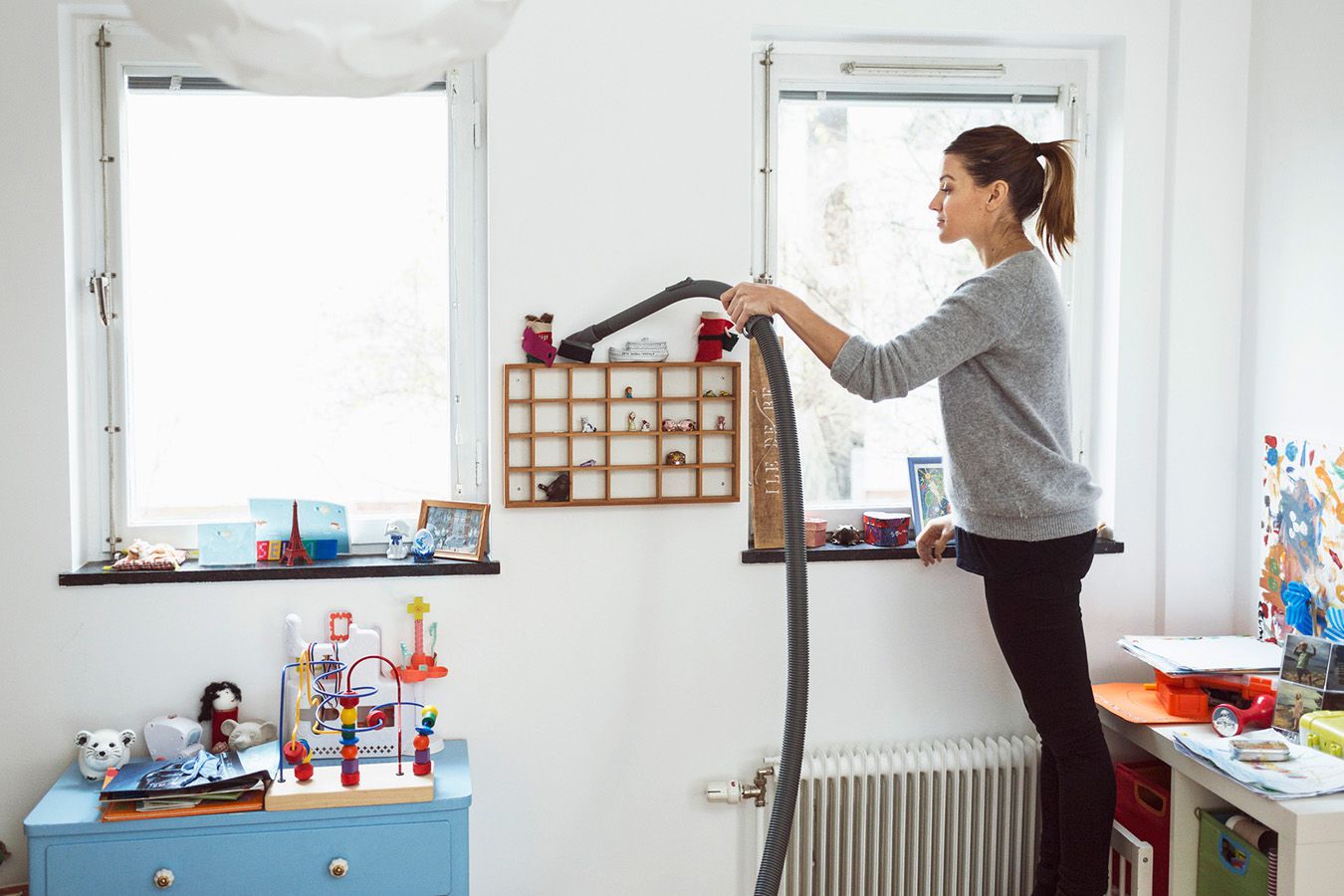

Living Room Storage
10 Places You’re Forgetting To Dust In Your Home
Modified: February 24, 2024
Don't overlook these 10 often-neglected spots when dusting your home! Keep your living room storage tidy with these helpful tips.
(Many of the links in this article redirect to a specific reviewed product. Your purchase of these products through affiliate links helps to generate commission for Storables.com, at no extra cost. Learn more)
Introduction
Dusting is a regular part of our cleaning routine, but sometimes we overlook certain areas in our homes that accumulate dust over time. While we may pay attention to the obvious surfaces like countertops and furniture, there are hidden nooks and crannies that often go unnoticed. These neglected areas not only affect the cleanliness of our living spaces but can also impact our health and the overall aesthetic appeal of our homes.
In this article, we will explore 10 places that are commonly forgotten when it comes to dusting. By bringing attention to these often-neglected areas, we can ensure a thorough and comprehensive cleaning routine that leaves our homes looking and feeling fresh.
Key Takeaways:
- Don’t overlook these 10 commonly forgotten areas when dusting your home. Regularly cleaning these spots will not only maintain cleanliness but also improve air quality and overall aesthetic appeal.
- From ceiling fans to decorative items, incorporating these often-neglected areas into your cleaning routine will create a cleaner, healthier, and more enjoyable living space for you and your loved ones.
Ceiling Fans
Ceiling fans are a common feature in many homes, providing much-needed airflow and comfort. However, they are also notorious dust magnets. Over time, a layer of dust can accumulate on the fan blades, which not only affects the fan’s performance but also disperses dust particles into the air when the fan is turned on.
To clean your ceiling fan, start by turning off the power to the fan. You can use a long-handled duster or a microfiber cloth attached to a pole to gently wipe the dust off each fan blade. Alternatively, you can use a pillowcase by sliding it over each blade and then gently pulling it off to remove the dust without it falling onto the floor. Once the blades are dust-free, remember to wipe the motor housing and any other visible parts of the fan.
Regularly dusting your ceiling fans not only improves their efficiency but also helps maintain better air quality in your home. Plus, it prevents those unpleasant moments when you turn on the fan and a cloud of dust floats down onto your furniture!
Light Fixtures
Light fixtures not only illuminate our homes but also collect dust and dirt over time. Neglecting to clean them regularly can not only reduce the amount of light they emit but also create a visually unappealing layer of grime.
To clean your light fixtures, ensure that the power is turned off before starting. For ceiling fixtures, carefully remove any glass or plastic coverings and gently wash them with warm soapy water. Wipe the interior of the fixture with a microfiber cloth or a duster to remove any accumulated dust or cobwebs. If the fixture has intricate designs or hard-to-reach areas, consider using a soft-bristle brush to dislodge the dust.
For pendant lights and chandeliers, it may be easier to dust them regularly with a microfiber cloth or a duster. This can help minimize the build-up of dust and make the cleaning process less time-consuming. However, for a more thorough cleaning, you may need to dismantle the fixtures and clean each individual component.
Remember to clean the light fixtures in all areas of your home, including those in the kitchen, bathroom, living room, and bedrooms. A clean and well-maintained lighting arrangement not only enhances the overall ambiance but also ensures that you enjoy the full brightness and clarity of your light sources.
Window Blinds
Window blinds serve as a practical and stylish window covering, but they can quickly become a dust trap if not regularly cleaned. Dust particles settle on the slats and accumulate over time, making your blinds look dirty and affecting the air quality in your home.
To clean your window blinds, you can start by closing them completely, then use a duster or a microfiber cloth to gently wipe each slat from top to bottom. Alternatively, you can use a vacuum cleaner with a brush attachment to remove the dust. Make sure to clean both sides of the blinds for a thorough cleaning.
If your blinds are heavily soiled or have stubborn stains, you may need to remove them and soak them in warm soapy water. After soaking, rinse the blinds with clean water and allow them to dry before rehanging.
For blinds made of delicate materials such as fabric or sheer shades, it is best to consult the manufacturer’s cleaning instructions or seek professional cleaning services to avoid damaging them.
Regularly cleaning your window blinds not only improves their appearance but also helps create a healthier living environment. Clean blinds allow natural light to filter in more effectively and prevent the circulation of dust particles when you adjust them throughout the day.
Baseboards
Baseboards may not be the first thing that comes to mind when dusting, but they are often overlooked and can accumulate a surprising amount of dust and dirt. Keeping your baseboards clean not only enhances the overall cleanliness of your home but also adds a touch of elegance to your interior design.
Start by using a broom or vacuum cleaner with a brush attachment to remove loose dirt and debris from the baseboards. Be sure to reach all the nooks and corners. Once the loose dirt is removed, you can follow up with a damp cloth or a microfiber cloth to wipe away any remaining dust. You can also use a mild cleaning solution if needed, but be sure to test it on a small, inconspicuous area first to ensure it doesn’t damage the paint or finish.
To make the task easier, you can use a baseboard cleaning tool with a long handle, specifically designed to reach low areas without straining your back or knees. These tools usually have a microfiber pad or bristles that effectively lift and trap dust.
Regularly cleaning your baseboards not only keeps them looking fresh but also prevents the accumulation of dust and allergens in your home. It’s a small task that can make a big difference in maintaining a clean and healthy living space.
Read more: Where To Place Security Cameras
Vents and Registers
Vents and registers play a crucial role in keeping your home comfortable by allowing air to flow freely through your HVAC system. However, they can also become prime dust collectors if not properly maintained. Regularly cleaning these vents and registers is essential to maintain optimal airflow and prevent the circulation of dust and allergens throughout your home.
To clean your vents and registers, start by turning off your HVAC system to avoid spreading dust particles. Remove the covers or grilles and use a vacuum cleaner with a brush attachment to carefully remove any dust, cobwebs, or debris from the openings. You can also use a soft brush or a damp cloth to gently wipe away any remaining dust. Make sure to clean both the inside and outside surfaces of the covers or grilles.
For more thorough cleaning, consider soaking the covers or grilles in warm soapy water and scrubbing them lightly with a brush. Rinse them off and allow them to completely dry before reattaching them to the vents or registers.
Additionally, you should also check the ductwork behind the vents for any signs of dirt or mold. If you notice significant build-up or suspect an issue, it may be necessary to contact a professional duct cleaning service.
Regularly cleaning your vents and registers not only improves the air quality in your home but also helps maintain the efficiency and lifespan of your HVAC system. Spending a little time on this task can go a long way in ensuring a healthier and more comfortable living environment.
Don’t forget to dust the tops of door frames, ceiling fan blades, light fixtures, and air vents. These areas often collect dust and are easily overlooked during regular cleaning.
Tops of Cabinets and Shelves
When it comes to dusting, it’s easy to focus on the surfaces we see and use every day, like countertops and tables. However, the tops of cabinets and shelves are often neglected and can accumulate a thick layer of dust over time.
To clean the tops of cabinets and shelves, you may need a step ladder or a sturdy stool to reach the higher areas. Use a duster or a microfiber cloth to gently remove the dust from the surfaces. You can also use the brush attachment of a vacuum cleaner to suck up the dust particles. Be thorough in your cleaning, and don’t forget the corners and edges.
If stubborn dust and grime have built up, you can use a mixture of warm water and mild dish soap to clean the surfaces. Dampen a cloth or sponge with the solution and gently wipe down the tops of cabinets and shelves. Rinse with a clean damp cloth and allow them to air dry.
While cleaning, take the opportunity to declutter and organize your cabinets and shelves. Remove any items that are no longer needed or used. This will not only make the cleaning process easier but also create a more visually pleasing and functional storage space.
Regularly dusting the tops of cabinets and shelves helps maintain a clean and tidy environment and prevents the accumulation of dust and allergens. Plus, it can make your entire kitchen or room look cleaner and more polished!
Behind and Underneath Furniture
When it comes to cleaning, it’s easy to forget about the areas behind and underneath our furniture. However, these hidden spaces can accumulate a significant amount of dust, pet hair, and other debris over time.
To clean behind and underneath your furniture, start by moving the pieces away from the wall or shifting them to access the hidden areas. Use a broom, a long-handled duster, or a vacuum cleaner with a crevice attachment to remove the dust and debris. Pay attention to the corners, edges, and any hard-to-reach spaces.
If your furniture has removable cushions, take them off and vacuum or shake them outside to get rid of any trapped dust and dirt. If the cushions are washable, follow the manufacturer’s instructions for cleaning them. For upholstered furniture, consider using an upholstery attachment to vacuum the surfaces and remove any dust or pet hair.
Before putting the furniture back in place, take the opportunity to clean the floors or carpet underneath. Use a vacuum cleaner or a mop to ensure a thorough cleaning. This will not only remove any dust or dirt that may have accumulated but also prevent dust from being reintroduced into the newly cleaned areas.
Regularly cleaning behind and underneath your furniture not only helps maintain a clean and dust-free environment but also eliminates hiding spots for pests and allergens. It’s a task that may require some effort but will significantly contribute to the overall cleanliness and hygiene of your living space.
Electronic Devices and Entertainment Systems
Electronic devices and entertainment systems, such as televisions, computers, game consoles, and sound systems, are an integral part of our modern lifestyles. However, these devices can quickly accumulate dust, dirt, and fingerprints, impacting their performance and appearance.
To clean your electronic devices, start by turning them off and unplugging them from the power source. Use a microfiber cloth or an electronics-safe cleaning wipe to gently wipe the surfaces, removing any dust and smudges. Be cautious not to apply excessive pressure or use abrasive materials that may scratch the screens or delicate components.
For computer keyboards, use compressed air or a small brush to dislodge any debris trapped between the keys. You can then wipe the keyboard with a damp cloth or an electronics-safe cleaning wipe.
When cleaning the screens of televisions, monitors, and laptops, avoid using glass cleaners or alcohol-based cleaners, as they can damage the screens. Instead, use a special electronics screen cleaner or a mixture of distilled water and white vinegar. Apply the solution to a microfiber cloth and gently wipe the screen in circular motions.
Don’t forget to clean the cables and cords connected to your devices. They can quickly attract dust and become tangled. Use a dry cloth or a mild cleaning solution to wipe them and keep them tidy.
Regularly cleaning your electronic devices and entertainment systems not only helps to prolong their lifespan but also enhances their performance and visual appeal. Plus, it’s a great opportunity to organize cables and reduce clutter for a more streamlined and enjoyable entertainment experience.
Read more: How To Hold Insulation In Place
Lampshades and Chandeliers
Lampshades and chandeliers are often a focal point in our homes, providing both functional and decorative lighting. However, they can easily accumulate dust, lint, and pet hair, dimming their brightness and diminishing their visual appeal. Cleaning these fixtures regularly will help maintain their beauty and ensure optimal light output.
For fabric lampshades, start by removing any visible loose debris by gently using a brush or a lint roller. You can also vacuum the shade using a soft brush attachment. If there are stained areas, you can spot clean them with a mild detergent and water solution. Be sure to allow the shade to dry completely before reinstalling it.
Glass or acrylic lampshades and chandelier crystals can be cleaned with a mixture of warm water and mild dish soap. Use a soft cloth or sponge to wipe away any dirt or smudges. Rinse with clean water, and dry with a soft, lint-free cloth to prevent streaks or water spots.
For intricate or delicate chandelier components, it may be best to remove them and clean them individually. Take note of their arrangement and be careful with any fragile pieces. You can wash them in warm, soapy water, rinse them thoroughly, and let them air dry before reassembling the chandelier.
Remember to turn off the power to the lamp or chandelier before cleaning and ensure that the bulbs are cool enough to handle to avoid injury or damage.
Regularly cleaning lampshades and chandeliers not only enhances their appearance but also ensures the maximum amount of light can pass through, providing better illumination in your space. It’s a small task that can make a big difference in maintaining the overall cleanliness and elegance of your home.
Decorative Items and Knick-knacks
Decorative items and knick-knacks add personality and charm to our homes, but they can also accumulate dust and lose their luster over time. Cleaning these items regularly will not only maintain their visual appeal but also prevent the buildup of allergens in your living space.
Start by removing the items from their display area. Dust each item individually using a soft cloth or a duster. Pay attention to intricate details and hard-to-reach areas, such as crevices or small embellishments. For fragile or delicate items, use a soft brush or compressed air to gently remove dust without the risk of damage.
If the items are washable, you can clean them with warm, soapy water. Use a mild dish soap and a soft cloth or sponge to clean the surface, and rinse them thoroughly. Be sure to dry them completely before returning them to their original position.
For wooden or metal decorative items, you can use a furniture polish or a wood cleaner to restore their shine. Apply the cleaner to a soft cloth and gently buff the surface. Avoid using too much liquid to prevent any damage to the finish or the item itself.
If your knick-knacks are displayed on shelves or in glass cabinets, take the opportunity to also clean the shelves and the surrounding area. Dust the shelf surface and wipe it down with a damp cloth if necessary. This will create a cleaner and more visually pleasing display overall.
Regularly cleaning your decorative items and knick-knacks not only keeps them looking their best but also contributes to a healthier and more pleasant living environment. By investing a little time in their maintenance, you can continue to enjoy these cherished items for years to come.
Conclusion
Keeping our living spaces clean and organized is a top priority for many of us, but it’s easy to overlook certain areas when it comes to dusting. Neglecting these hidden nooks and crannies can lead to a build-up of dust, dirt, and allergens, affecting the cleanliness, aesthetic appeal, and even the air quality within our homes.
In this article, we explored 10 places that are commonly forgotten when it comes to dusting. From ceiling fans to decorative items, each area plays a crucial role in maintaining a fresh and inviting living environment.
By incorporating regular cleaning routines for these often-neglected areas, we can ensure our living spaces remain clean, comfortable, and visually appealing. From the ceiling to the floors, from electronics to knick-knacks, our comprehensive cleaning approach will help eliminate dust, allergens, and other particles that can accumulate and negatively affect our well-being.
Remember, it’s not just about the cleanliness, but also the health and overall ambiance of our homes. By bringing attention to these overlooked areas and incorporating them into our cleaning routines, we can create a cleaner, healthier, and more enjoyable living space for ourselves and our loved ones.
So, the next time you embark on your cleaning journey, make sure to pay attention to these 10 places you’re forgetting to dust in your home. Your living space will thank you with its renewed freshness and sparkling cleanliness.
Frequently Asked Questions about 10 Places You're Forgetting To Dust In Your Home
Was this page helpful?
At Storables.com, we guarantee accurate and reliable information. Our content, validated by Expert Board Contributors, is crafted following stringent Editorial Policies. We're committed to providing you with well-researched, expert-backed insights for all your informational needs.
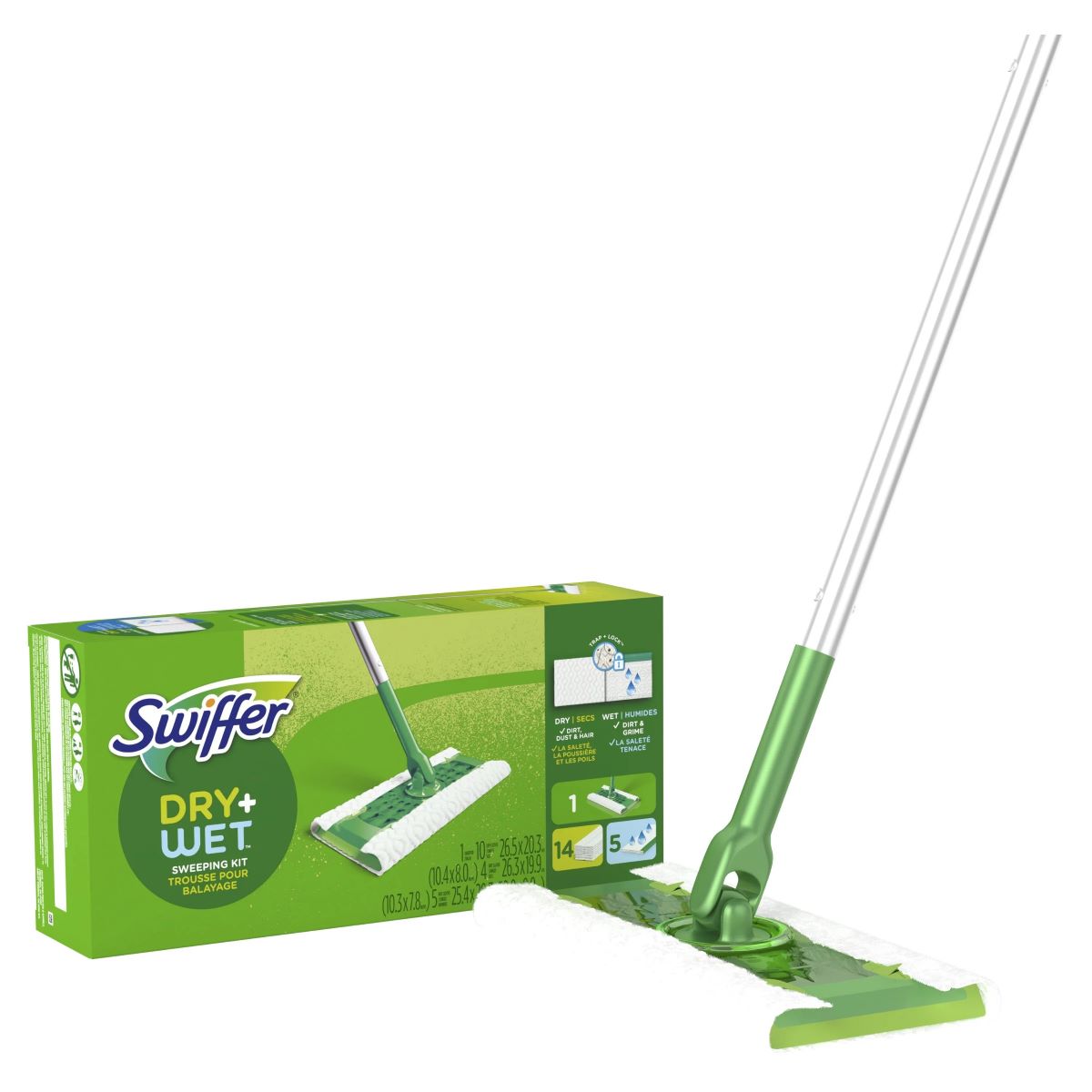
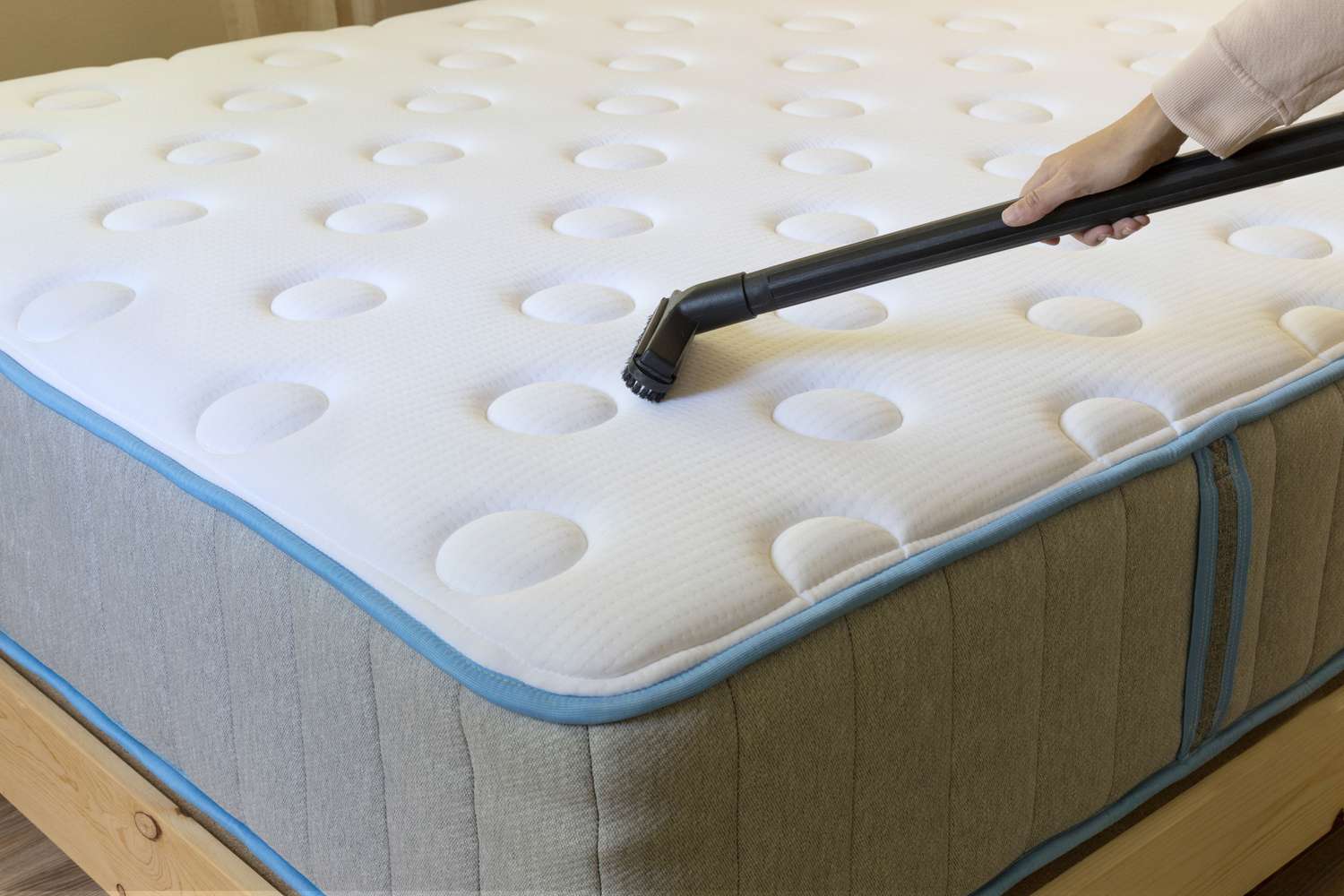
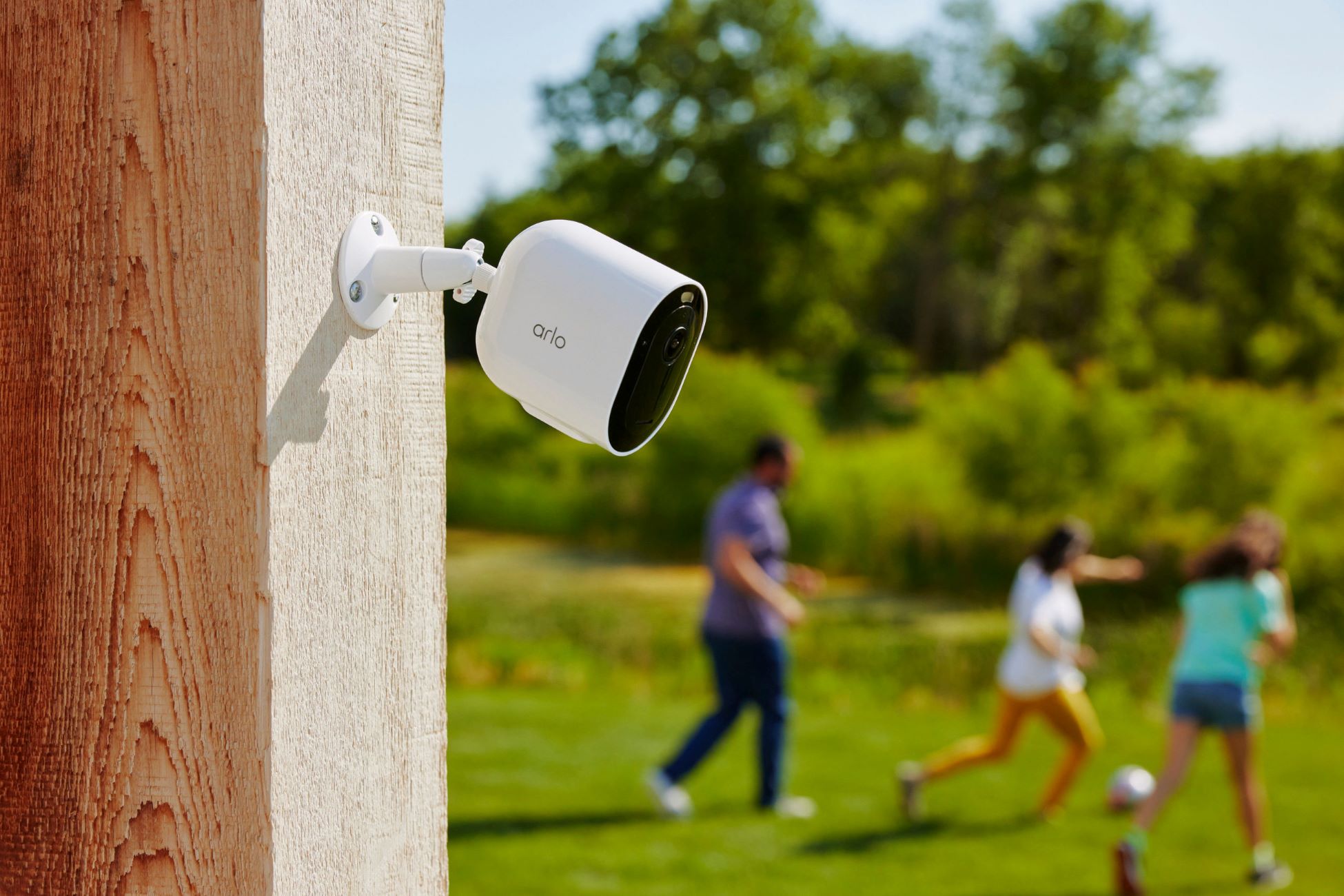
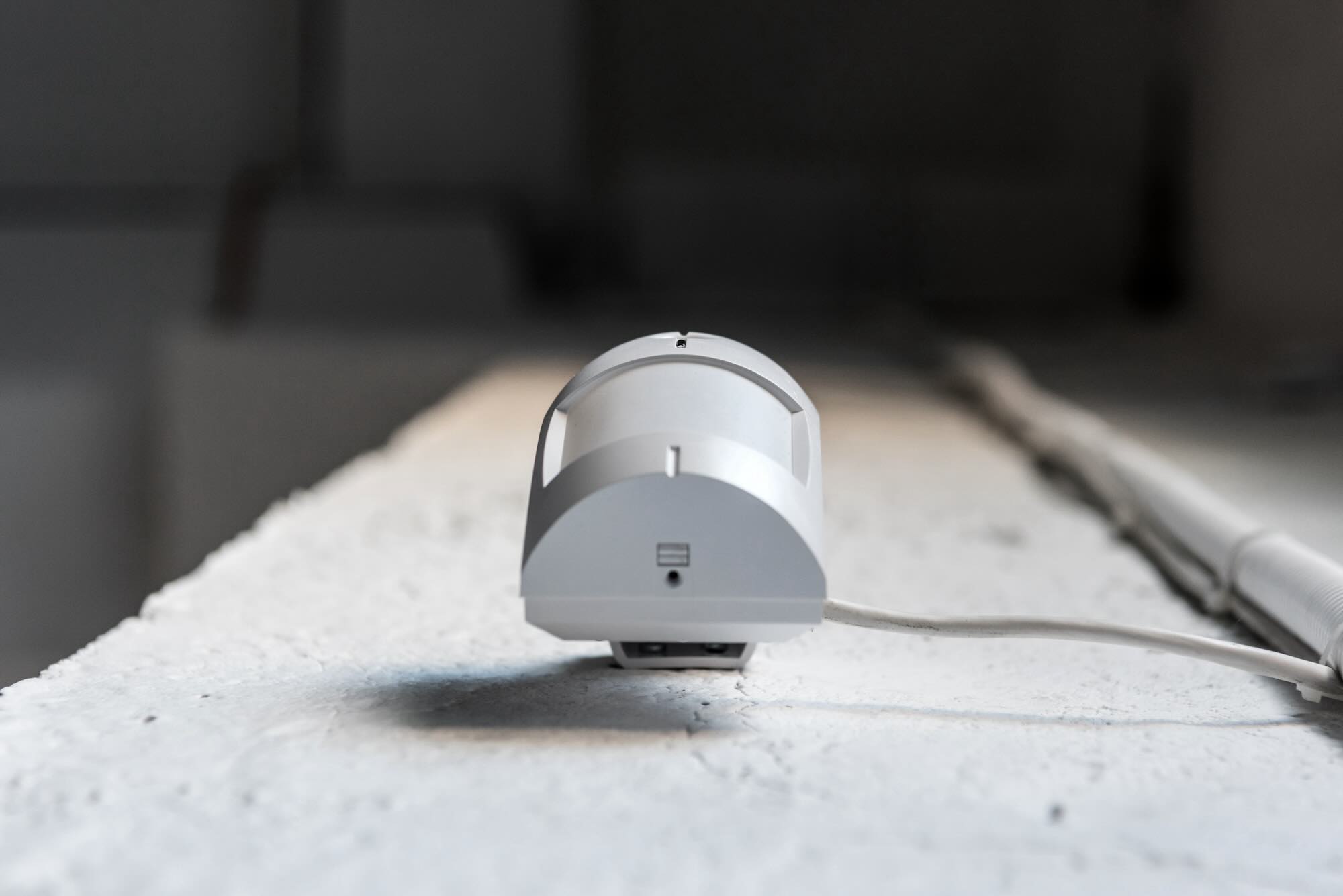
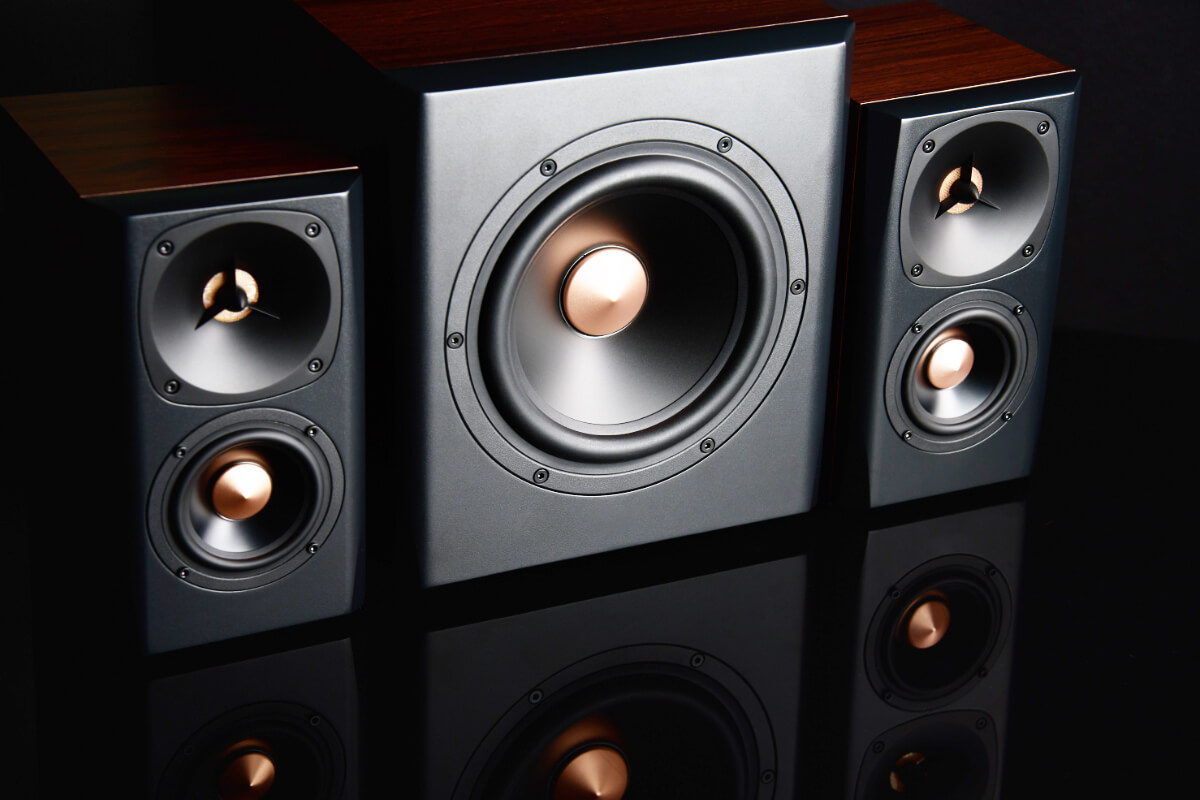
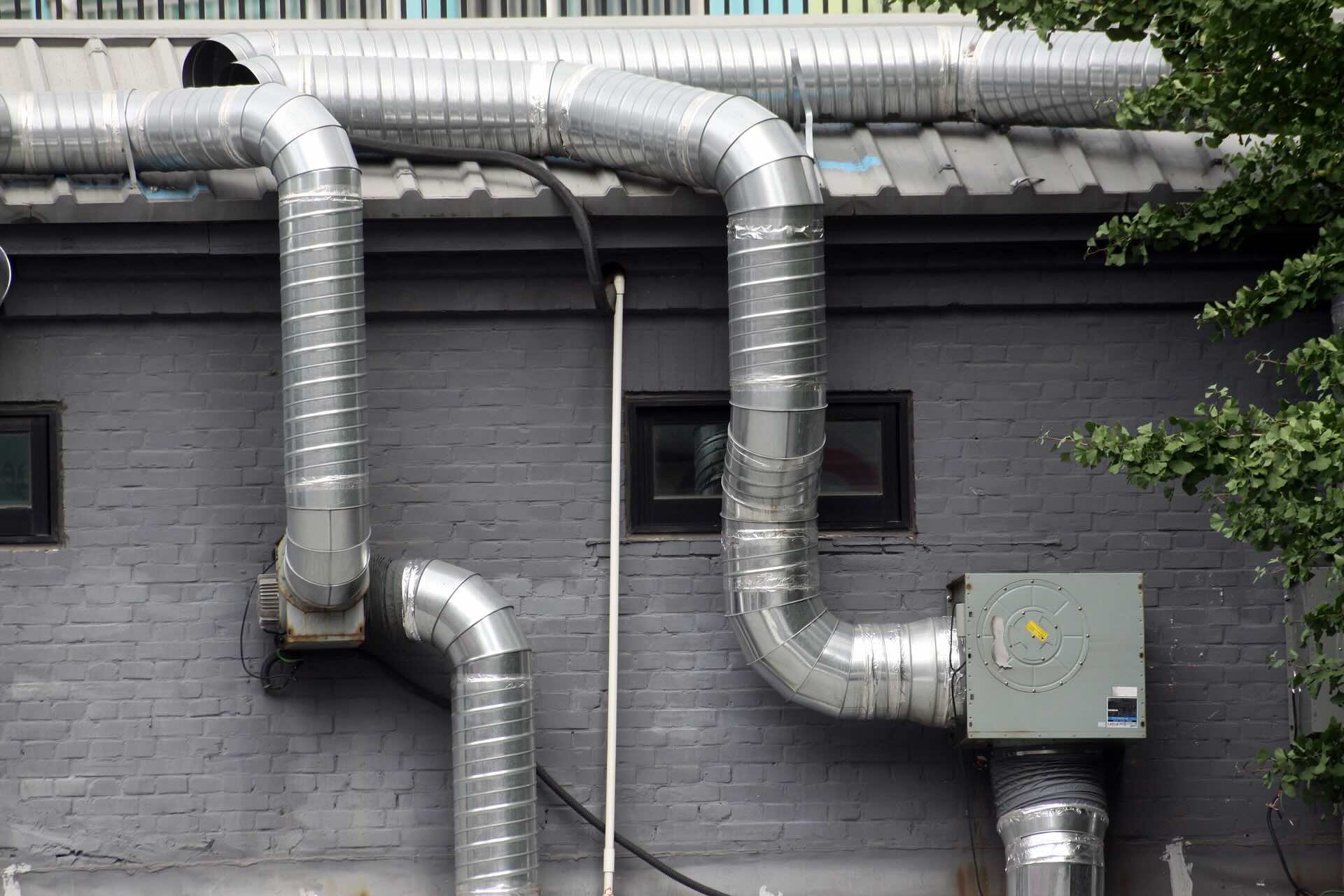
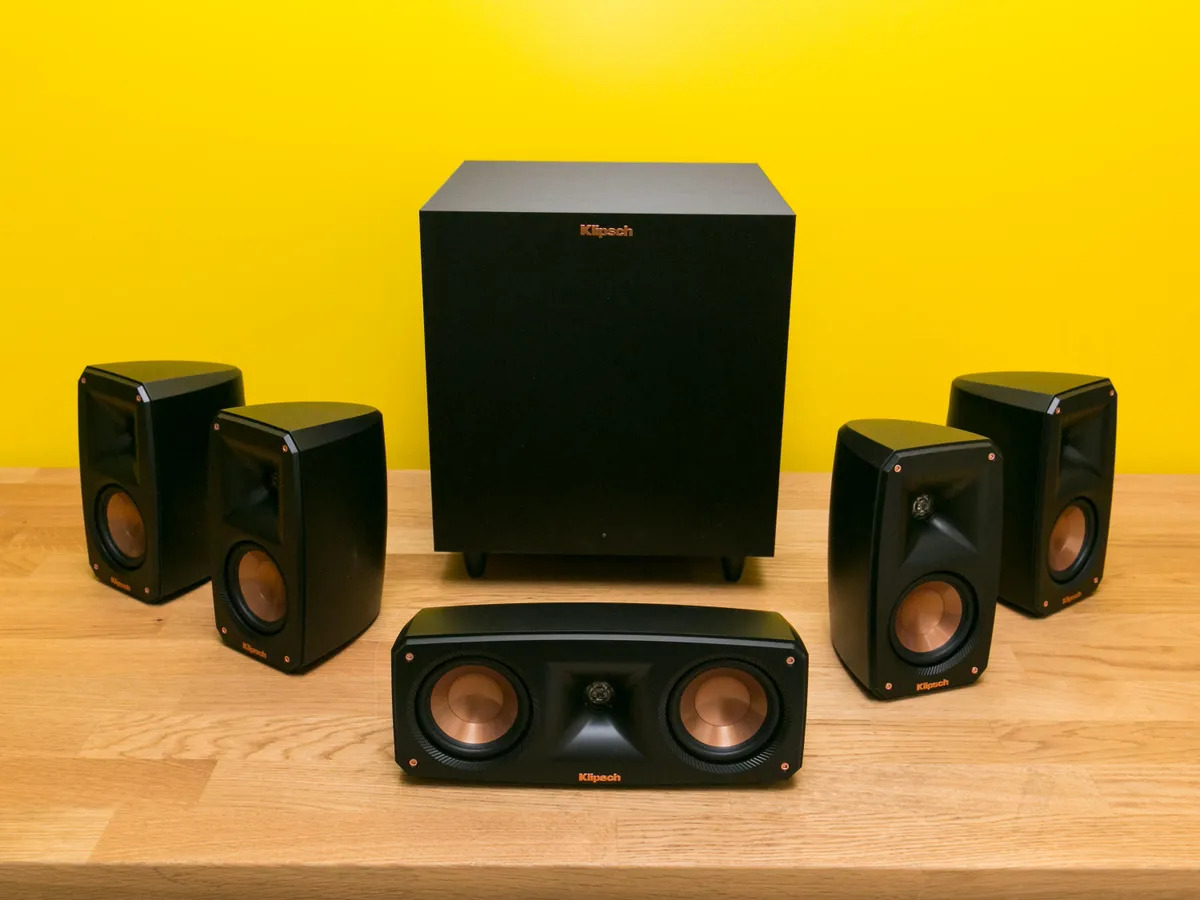
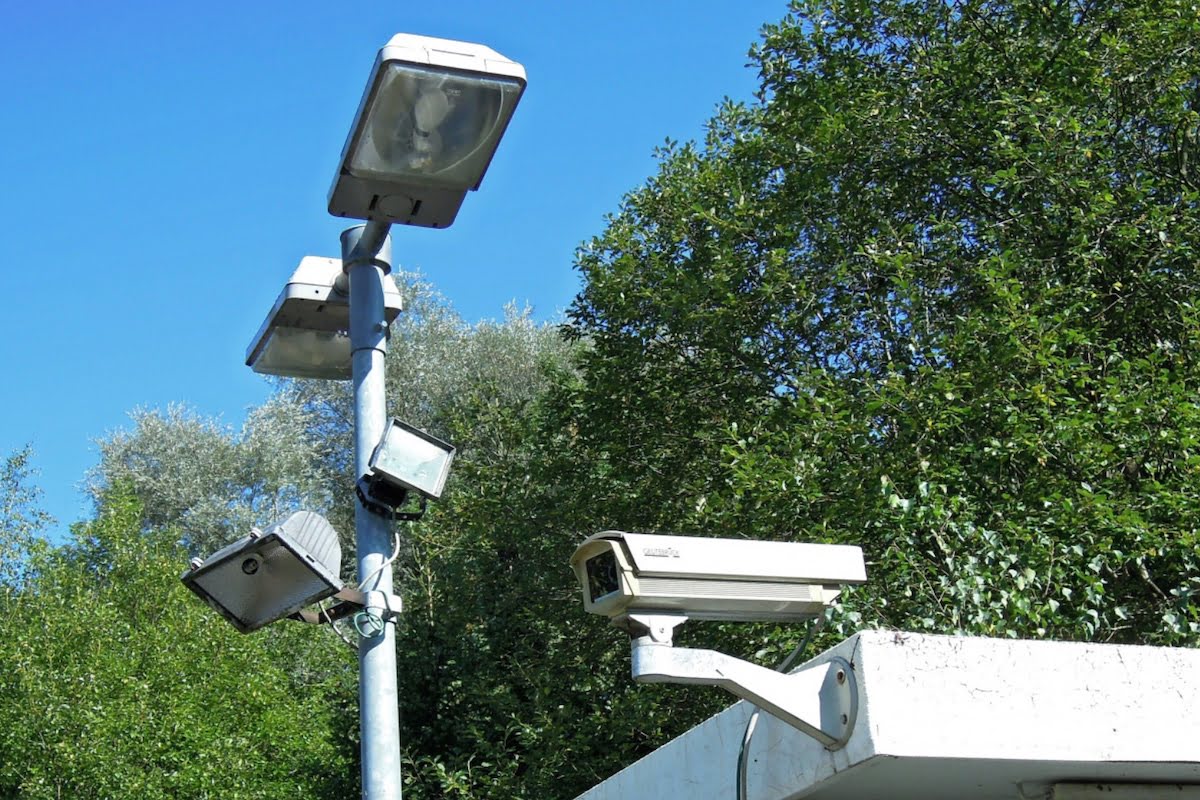

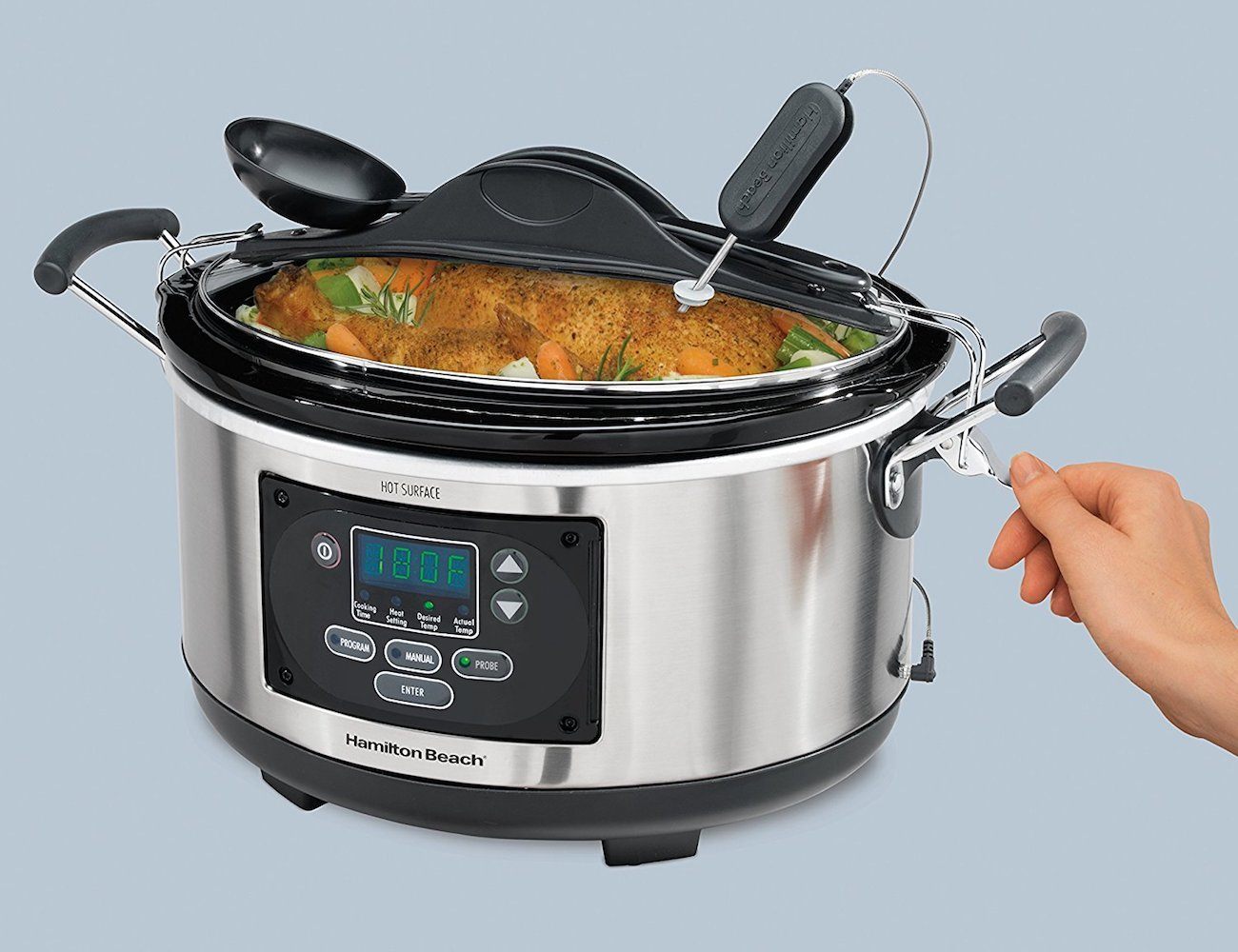
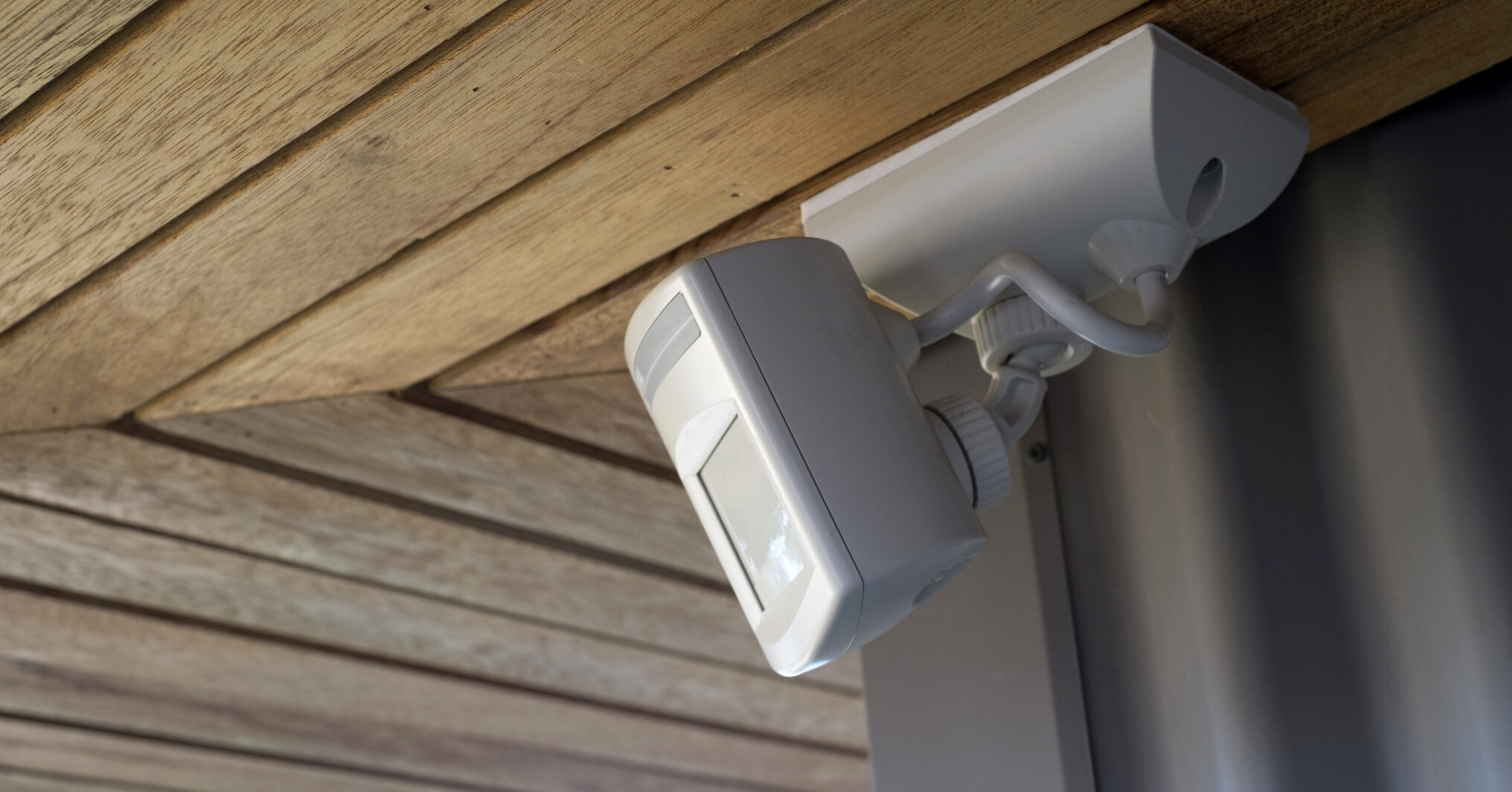



0 thoughts on “10 Places You’re Forgetting To Dust In Your Home”